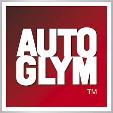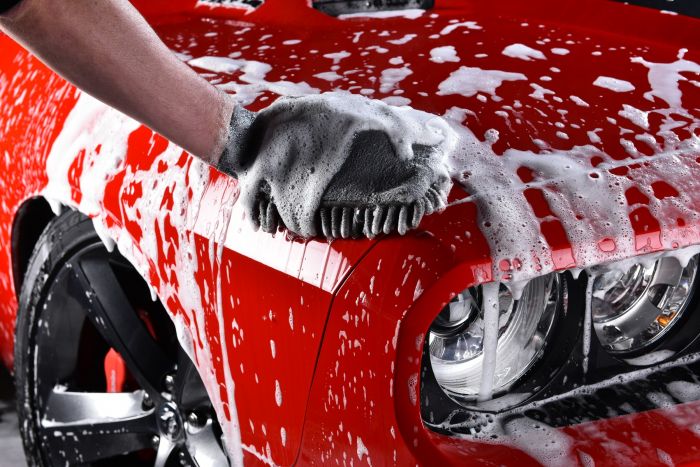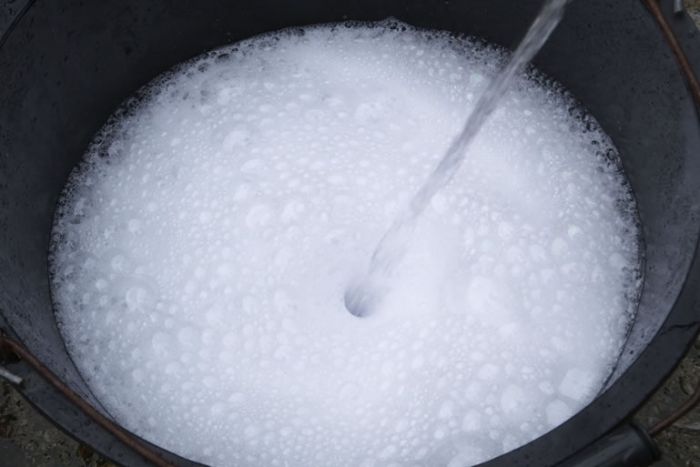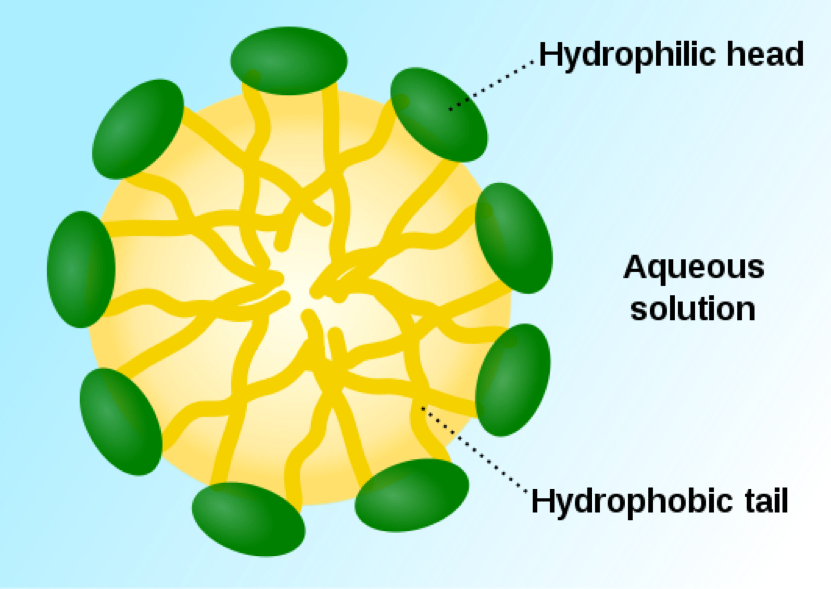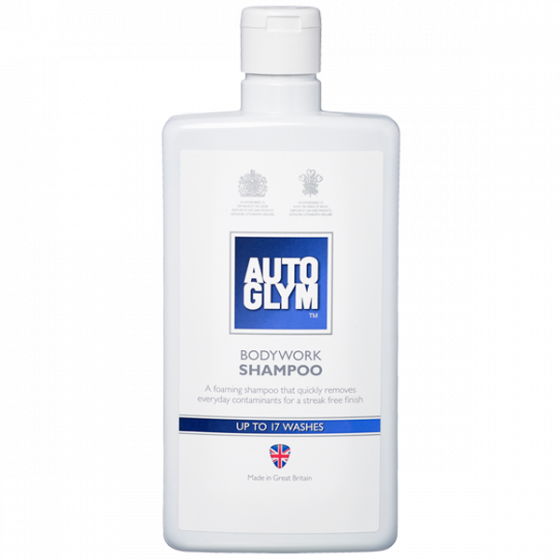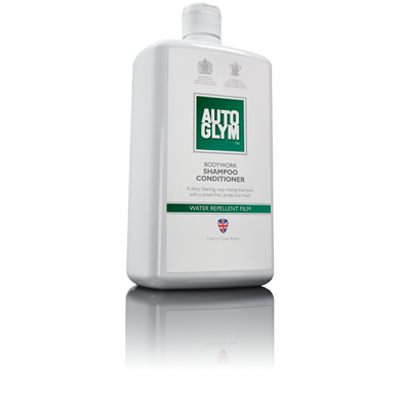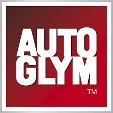What makes a car shampoo?
We all remember growing up washing our parent’s car, hoping they never saw us drop the sponge on the driveway and even thinking waxing the windows was a good idea (no way it’s only me as a kid). For most it was part of our weekly chores, a chance to feel grown up being trusted to work on the family car and for those of us that still get the same feeling 30 years on, washing a car with shampoo was the gateway of our car obsession.
The memories of foam taking up most of the bucket while seeing how high the bubble mountain could grow before collapsing over the side was always the fun part, however looking back now, bubbles do next to nothing in helping clean the family pride and joy. They only act as a visual re-enforcer or bread crumb trail of where you have been around the car. With technology progressing and changes in chemicals behavior, paint and fibre technology, as well as new products claiming different results, we aim to give you the lowdown on car shampoo’s without ruining the fond memories of bubble mountain.
What is Shampoo?
Automotive shampoo is primarily composed of surfactants. Surfactants (Surface Active Agent) are chains of carefully designed two-part molecules, one end of which loves water, and the other end loves to get cozy with dirt. When you apply shampoo to a vehicle surface the surfactant molecules seek out all the dirt and try to surround it. Once surrounded they hold it in suspension in the water, thereby allowing it to be easily rinsed away. In essence they surround the dirt, safely lift it off the paintwork and gladly go for a ride on the water running off the car. Depending on a few factors, putting surfactants onto a vehicle and expecting the dirt to disappear is wishful thinking with most vehicles needing a little extra help. There are shampoo’s in the market that will lift the dirt, along with polish, wax and at worse your vehicle warranty. We will explain what these processes are further on.
The Science Behind Surfactants
The diagram above shows our green headed, two tailed soldiers that represent the Surfactants. The tails of the surfactants seek out dirt and contaminants and when they find it they encircle the dirt. By surrounding the dirt, the dirt particle can’t adhere to the vehicle surface any longer and are wrapped up and ready to go. The heads of the surfactants on the other hand love water. As the tails hold onto the dirt the heads take over and cling to contacting water, which usually is us rinsing our car after the shampoo.
Surface tension or wetting agents
Wetting is the ability of a liquid to spread across a surface. Water by itself has quite a strong surface tension, evident by the fact water beads on a roof. It’s a common factor inside the car with coolant flow slowed down by water surface tension. This surface tension doesn’t help us in spreading the surfactants around the surface quickly. A good shampoo has small amounts of wetting agents to promote the waters ability to spread around the vehicle.
Types Of Surfactant
As mentioned, technology has improved, our understanding of chemicals is more than what it was 5 years ago and our ability to create and manipulate man made chemicals to work harder and smarter has led to new surfactant breakthroughs. The ones mentioned below are those that are found in the market, either under the Autoglym brand or others.
1) Anionic surfactants were the first to become commercially available and are therefore well known within the industry, not least because of their excellent foaming and cleaning properties.
2) Cationic surfactants: a more specialised kind of surfactant, cationic variants can be formulated to impart an anti-static or water repellent film on a given surface area once it has been cleaned. As if this wasn’t enough, they can even have a neutralizing effect on the static charge between surface and dirt, further aiding the cleaning process.
3) Nonionic surfactants: these particular surfactants major on wetting and foaming, though their exemplary emulsifying properties ensure that they’re also very effective on oily or greasy paintwork. They’re also tolerant of hard water.
4) Amphoteric surfactants: superb all rounders, amphoteric surfactants have a dual nature and can therefore behave as either anionic or cationic surfactants depending on conditions. They can even work with other surfactants to boost foaming or cleaning power, hence why we make full use of amphoterics within the Autoglym range.
Getting your hands dirty
We have all seen the video’s and pictures of car’s being sprayed with shampoo and rinsed off to a perfect shine. Trust us, if we thought that cleaned a car sufficiently we would be doing it all the time. That said, it has its place in the washing order.
The very nature of the surfactants being sprayed over the car, gently loosening the dirt, wrapping it up ready to be washed away is perfect as a pre-wash. This removes the worst of the loose contaminants as well as giving your kids or yourself an excuse to enjoy spraying soap out the gun. Once the first soapy coat has done its job and hit the floor with a rinse, then spray again and agitate with a microfibre mitt. Only through agitation will you find the smaller more clingy contaminants lift off, wrapped up and rinsed away. Any safe shampoo sold off the shelf is often not aggressive enough to take everything off without some form of agitation.
Acid or Alkali
Still on the childhood memory trip, remember being at school and learning the PH scale and the difference between acid and alkaline? Did you know the most corrosive liquid is actually an alkali and not the infamous hydrochloric acid! Surfactants have been shown to function in a far more effective manner when introduced to an alkaline solution however at Autoglym we believe a PH neutral formulation is always the safest solution. Not only will it be softer on paintwork but will not strip waxes, polishes and other chemicals previously applied. With this in mind all Autoglym shampoo’s are PH neutral and work in conjunction with our polishes and waxes.
What’s in the bottle?
Many manufacturers know what the good things to put in car shampoo are, however formulating the right balance is much harder. Shampoos are a complex blend of different ingredients that can be effected by small user changes such as using hot water over cold if not formulated correctly.
Many shampoo’s have other ingredients to improve the performance with surfactants being the most significant in doing the job a shampoo is designed to do. Preservatives ensure the shampoo doesn’t split or deteriorate in the bottle, wetting agents ensure the improved spread of the shampoo across the surface of a vehicle, while de-wetting agents help the water to run-off the vehicle for a faster drying time. Glossing agents are also added and are very often associated with “wax” in a shampoo. These glossing agents leave the shine of a waxed car without actually waxing.
There are also ingredients that impact on the human senses. Fragrances are added to ensure the shampoo smells nice as well as colouring dyes to make the shampoo visually attractive.
Bodywork Shampoo is a shampoo that does not contain glossing or de-wetting agents. Its sole purpose is to clean and is great for matte or satin cars, or those that want to use Aqua Wax as it leaves behind enough water for the Aqua Wax to be applied. It’s also great for foam lances as the formulation provides a rich soapy foam.
Bodywork Shampoo and Conditioner has the balance of all the above ingredients and is often the go to product in the range for a quick wash and polish if required.
For more information or to ask any questions just hit us up on Autoglym Australia Facebook page.
